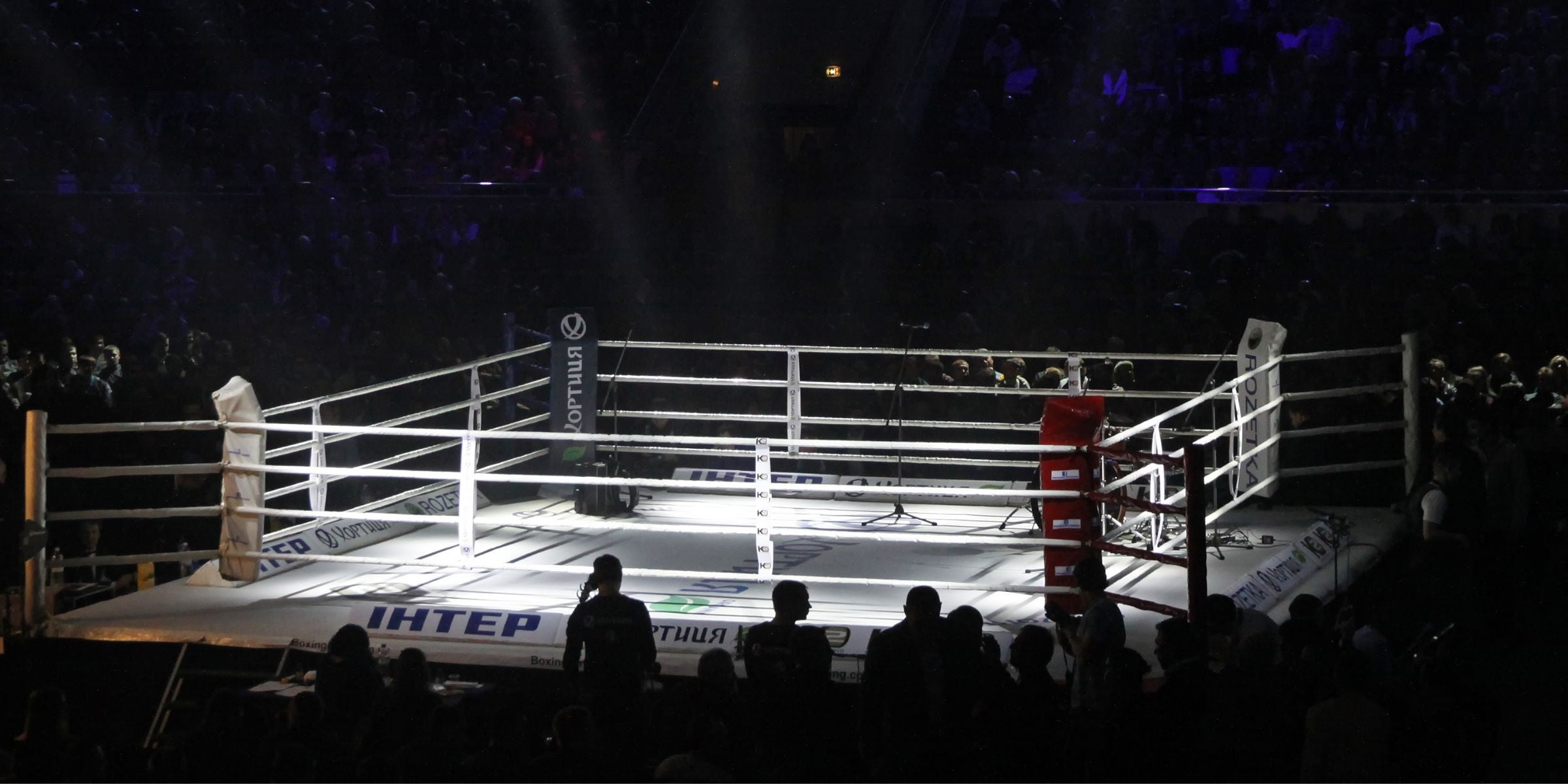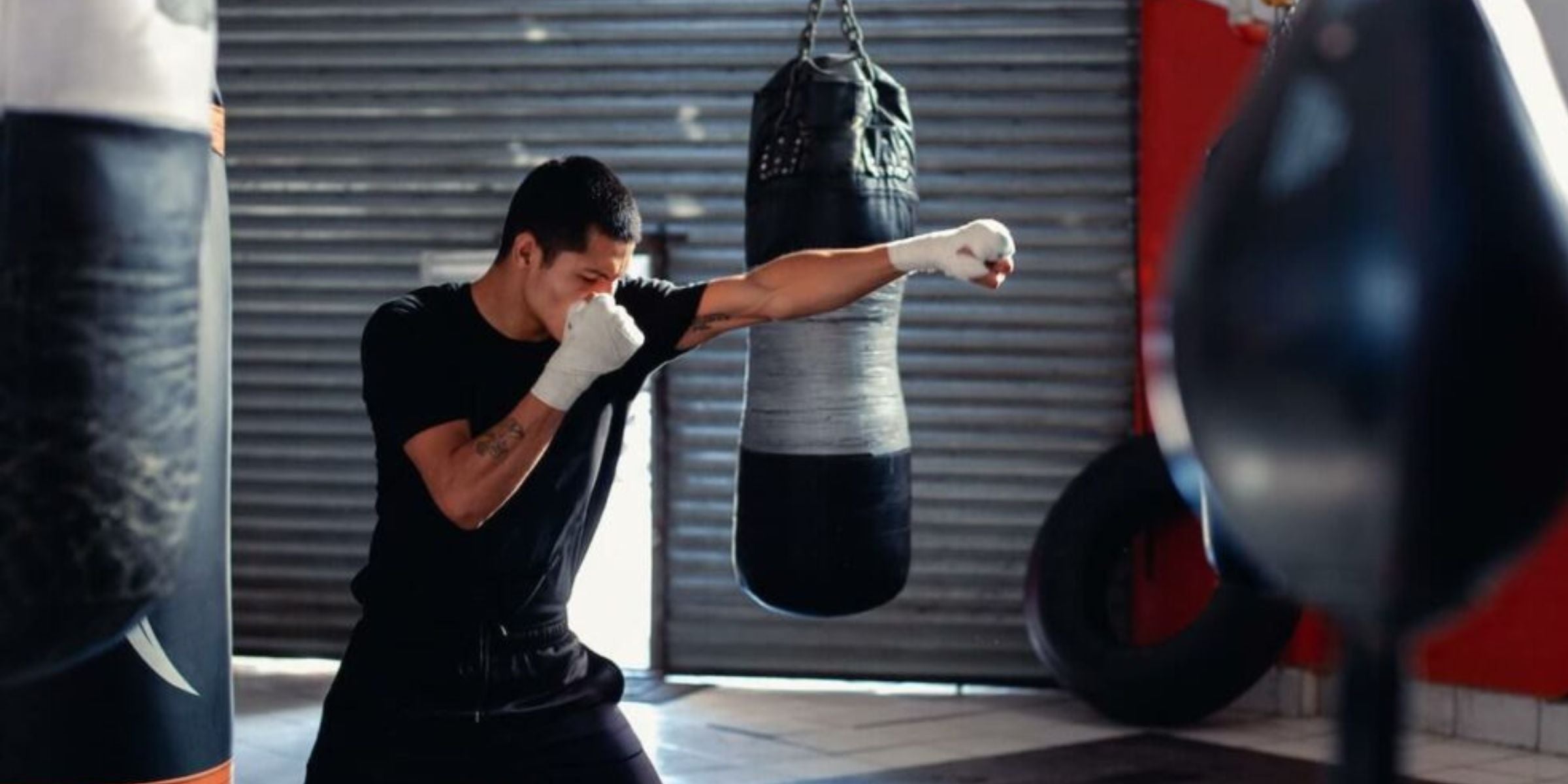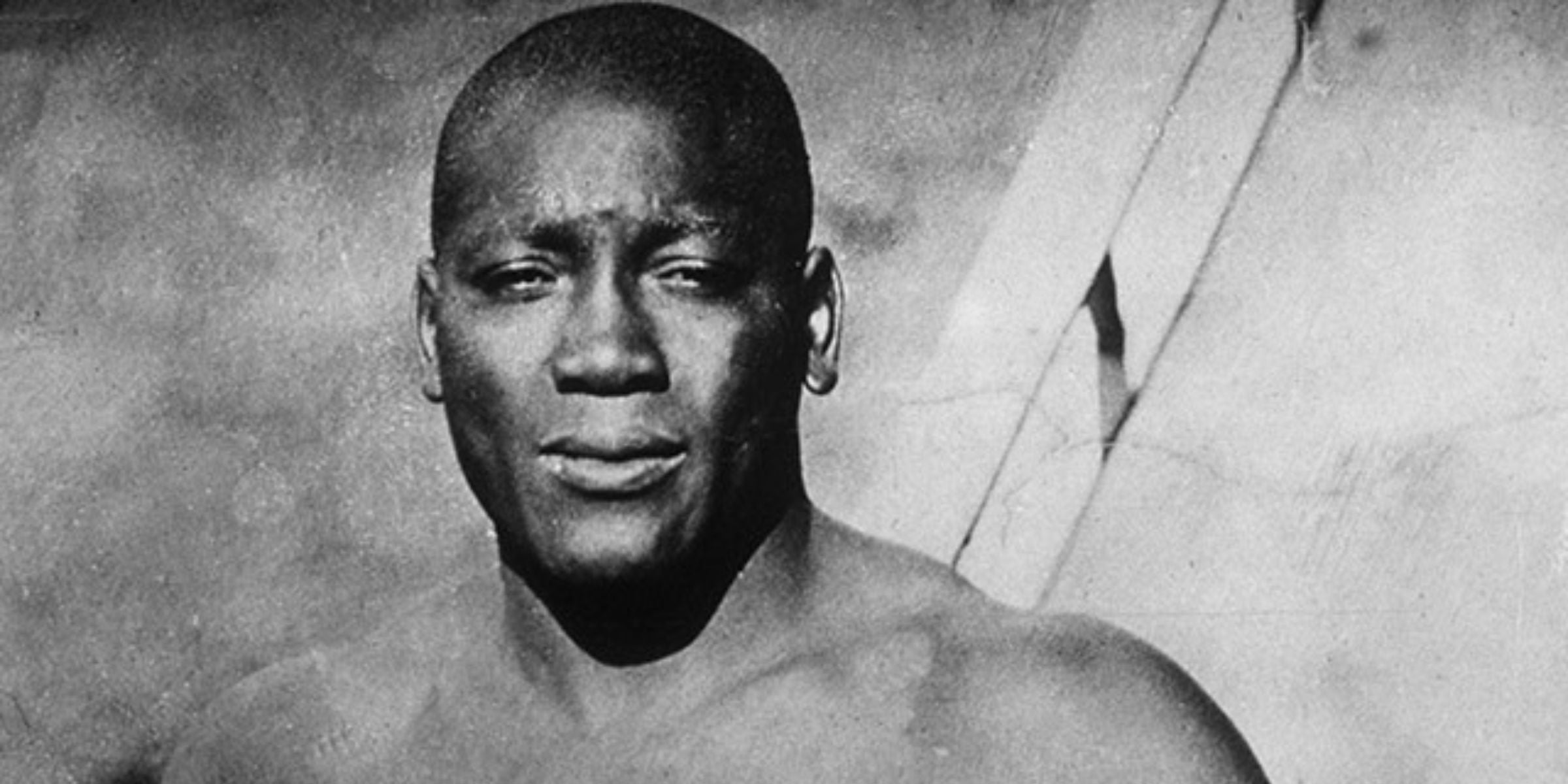
The Origins of the Boxing Ring: Why It’s Called a ‘Ring’ When It’s Square
Boxing is one of the oldest and most celebrated combat sports in history, but have you ever stopped to wonder why the so-called "boxing ring" is actually a square? The term seems like a contradiction, yet it has persisted for centuries.
The origins of this naming oddity stretch back to the bare-knuckle days of pugilism when fighters clashed in open, drawn-out circles. Over time, the design evolved into the structured, elevated square we see today. But why did the name stick? And what does this reveal about boxing’s deep-rooted traditions? Let’s take a closer look at the journey of the boxing ring and how it transformed from a simple drawn circle to the squared stage that defines modern prizefighting.
The Early Days: Fighting in the Ringed Circle
In the 17th and 18th centuries, boxing was a rough-and-tumble affair. Before the introduction of gloves and standardized rules, fighters brawled in informal settings—often in open fields, taverns, or back alleys. Spectators would crowd around, forming a natural human ring around the fighters.
This circular formation was practical. It kept the audience close to the action while ensuring that the fighters had a defined space in which to brawl. There were no ropes, no referees—just two men, their fists, and a crowd eager for blood.
It was in these times that the term "ring" took hold. The fighting area, though physically unmarked in many cases, was understood to be circular in nature. The name endured even as boxing progressed beyond its informal, unregulated roots.
The Shift to a Structured Arena
By the 18th century, boxing was becoming increasingly popular, and with popularity came the need for structure. Jack Broughton, one of boxing’s earliest pioneers, introduced the first set of official rules in 1743. His guidelines sought to bring order to the sport, yet fights were still often conducted within a drawn circle on the ground.
However, as crowds grew and interest in the sport surged, it became clear that a better system was needed to contain the fighters and prevent excessive interference from spectators. Enter the London Prize Ring Rules of 1838, which introduced a more defined, regulated fighting space.
These rules specified that the fighting area should be a 24-foot ring marked by a square drawn on the ground, typically using chalk or ropes. The sport was evolving, but the name “ring” remained unchanged, despite the introduction of a more geometric layout.
The Introduction of the Roped Square
In the late 19th century, boxing underwent another transformation with the adoption of the Marquess of Queensberry Rules in 1867. This landmark rule set introduced gloves, round-based fighting, and most notably—the four-roped square boxing ring.
This innovation addressed several concerns:
- Safety – The ropes prevented fighters from tumbling into the crowd.
- Structure – A squared layout was easier to build and maintain.
- Regulation – It standardized the dimensions of the fighting area.
Despite this new squared design, the term “ring” was already deeply embedded in boxing culture. The square ring became the official fighting area, yet the traditional term remained unchanged—a nod to the sport’s historical roots.
Why Didn’t the Name Change?
Linguistically, boxing is full of archaic phrases that trace back to its long and storied history. The persistence of “ring” is a testament to tradition and cultural inertia.
- Legacy Matters – Many sports hold onto historical terminology. Just as we still use “dial” for making phone calls despite touchscreens, "ring" in boxing remains a symbolic link to its origins.
- Branding & Identity – The term “boxing ring” carries prestige and recognition. Changing it to something more literal, like a “boxing square,” would sound clunky and out of place.
- Evolution with Nostalgia – Boxing enthusiasts embrace its history. The ring is a reminder of the sport’s raw beginnings while accommodating its modern developments.
As legendary trainer Cus D’Amato once said, "A champion doesn’t become a champion in the ring, he is merely recognized there." The ring—no matter its shape—has always been the proving ground for greatness.
The Boxing Ring Today: More Than Just a Stage
Modern boxing rings adhere to strict regulations. A standard professional ring typically measures between 16 and 24 feet across, with four taut ropes and cushioned corners to ensure fighter safety.
Beyond professional boxing, the "ring" metaphor has expanded beyond its literal meaning:
- "Throw your hat in the ring" – A phrase derived from boxing, meaning to join a competition.
- "On the ropes" – Symbolizing struggle or being in a dire situation, much like a boxer pinned against the ring’s ropes.
Despite advancements in safety and technology, the boxing ring still embodies the raw intensity and spirit of the sport. It remains a sacred stage where warriors test their mettle and legacies are forged.
Boxing’s "ring" may be square, but its name remains a testament to centuries of tradition, evolution, and respect for the sport’s storied past. Whether circular or squared, the boxing ring remains the ultimate battleground for fighters seeking glory.





